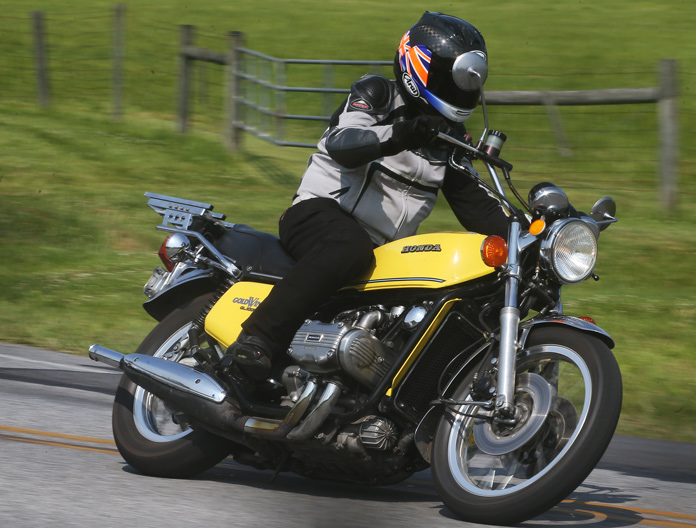
Honda stunned the two-wheeled world at the 1968 Tokyo Show by revealing its inline 4-cylinder CB750, the first series production superbike of the modern era. But six years later, the Japanese company unveiled something completely different at the 1974 Cologne Show – the GL1000 Gold Wing. It was the first in a family of bikes which continues in production today, albeit in flat-Six 1,833cc guise vs. the original flat-Four 999cc model. Now, 50 years and 650,000-plus motorcycles later, the Wing continues to be a cornerstone of Honda’s range (see “50 Years of the Honda Gold Wing”). At its peak, the GWRRA global owners club boasted 80,000 members in 53 countries, split into around 800 chapters.
Yet initial sales of the GL1000 were underwhelming, with less than 5,000 bikes sold to American owners in 1975, far fewer than hoped for in the model’s debut year. As much as anything, it was because nobody at Honda appeared to really know who the bike was aimed at. It offered a step up in performance compared to the CB750, which was already suffering by comparison to the 903cc Kawasaki Z1 launched in 1972. The 999cc Wing trumped that as the largest-capacity Japanese motorcycle yet built. But at that time, motorcycle touring as we know it today was in its infancy. Except for shaft-drive BMW Boxers, the available bikes weren’t especially practical for covering thousands of miles at a stretch.
But then a funny thing happened: Customers started purchasing the GL1000 in increasing numbers and taking it for long rides – and as the rides became longer and longer, more and more people started copying their neighbor or friend or guys they met in a cafe by purchasing a GL1000 and clocking up miles themselves. Suddenly Honda had a hit on its hands, thanks to this customer-led repositioning of the Wing in the marketplace. It had almost accidentally invented a whole new long-range luxury touring sector – much as the BMW GS would do with adventure touring a few years later.
In December 1972, Honda had assembled a team of its top designers led by Shoichiro Irimajiri, who’d headed up creation of Honda’s GP roadracing engines of the 1960s. This team was tasked by upper management with developing the so-called “King of Motorcycles,” by which the largest motorcycle manufacturer in the world could flaunt its technical prowess. The M1 prototype was born of an ambition to impress, not as the result of focus groups or marketing studies. It was to be a fast, comfortable GT model, superior to all other motorcycles in terms of smoothness, performance, and quality.
To explore extremes, the top-secret M1 prototype featured a liquid-cooled 1,470cc flat-Six engine with shaft final drive, features that would adorn the Gold Wing line in years to come. The official goals called for a compact and light machine with extremely high performance by the standards of those days. It was to weigh 210 kg (463 lb) with power targeted at 61 hp at 7,500 rpm and maximum torque produced high up at 5,500 rpm. Most telling of all was the quarter-mile performance goal of 12.4 seconds – quicker than Honda’s CB750.
To read the rest of Alan Cathcart’s review of the 1976 Honda GL1000 Gold Wing K0, see the December 2024 50th Anniversary Special Issue of Rider. Subscribe now to access this issue and others in our digital archive.
Alan Cathcart is a true mid-Atlantic man. Though born and based in Britain, he’s a regular visitor to the USA and has visited 46 states so far. A Daytona race-winner, he combines track-testing racebikes old and new with clocking up the miles on the highways of the world.

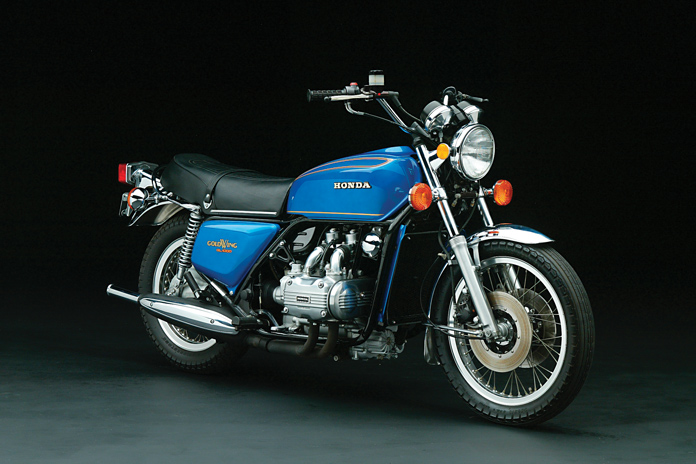
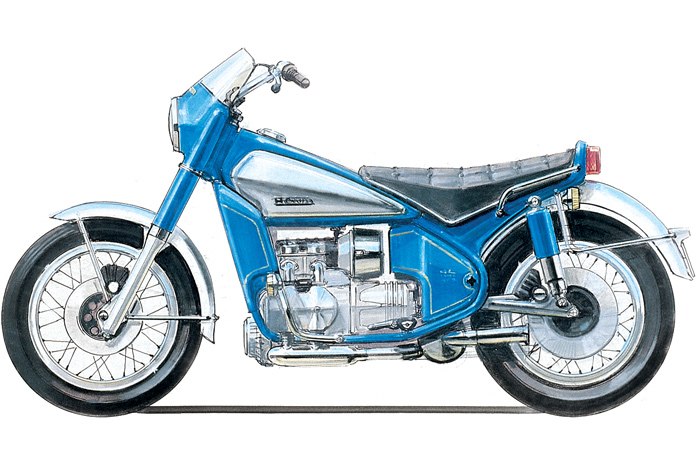
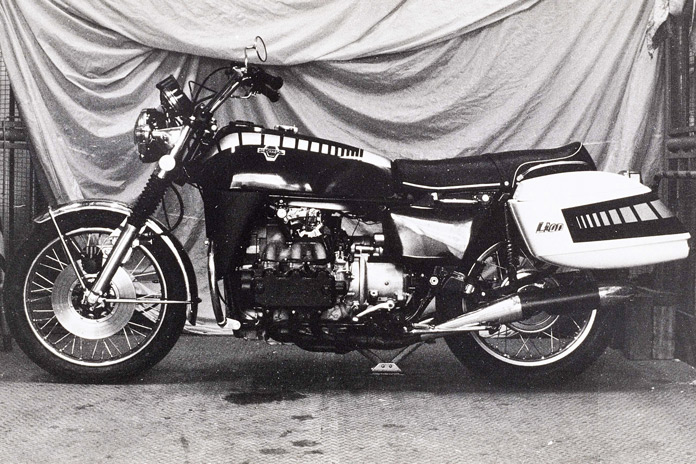
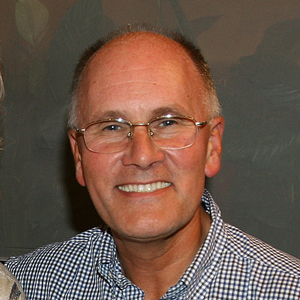







Wonderful story! History, shed finds and excellent references to the Genius of Honda-Sochiro himself.
Mr. Cathcart is a motorcycling treasure. Thank goodness for him and his lifetime of stories.
In 1971 I was one of the riders asked to do an owners survey of the Brand New ( in Livingston, New Jersey) Honda CB 750 by Road Rider magazine. The issue was the June/July 1971 volume 2, number 6. Written and compiled by Mr. Harvey M. Woien. So these rides through motorcycling history of years gone past are pure gold!! Thank you so much. 53 years later and I am still riding and will not stop. Currently riding 2006 Honda 1300 retro, 2016 Suzuki GSX-S1000f, and my personal favorite; last of its kind 2020 Yamaha VMax 1700 ( build date: 10/2020!). Living in the StAugustine, Florida area close to Daytona I get to bike week every year and have test ridden every bike from every manufacturer over and over through the years.
Thought the Japanese brand Maru? something was a shaft drive copy of a BMW long before the Wing.
True, the Marusho and Lilac brands both had shaft drives long before Honda. They were much smaller players in the market and did not survive the ’60s as I recall.
I had a yellow ’76 for ten days, when a car hit me and totaled it. What a nice bike!
Regarding the comment about the GL being the first Japanese shaftie, you may have forgotten about the Marusho.